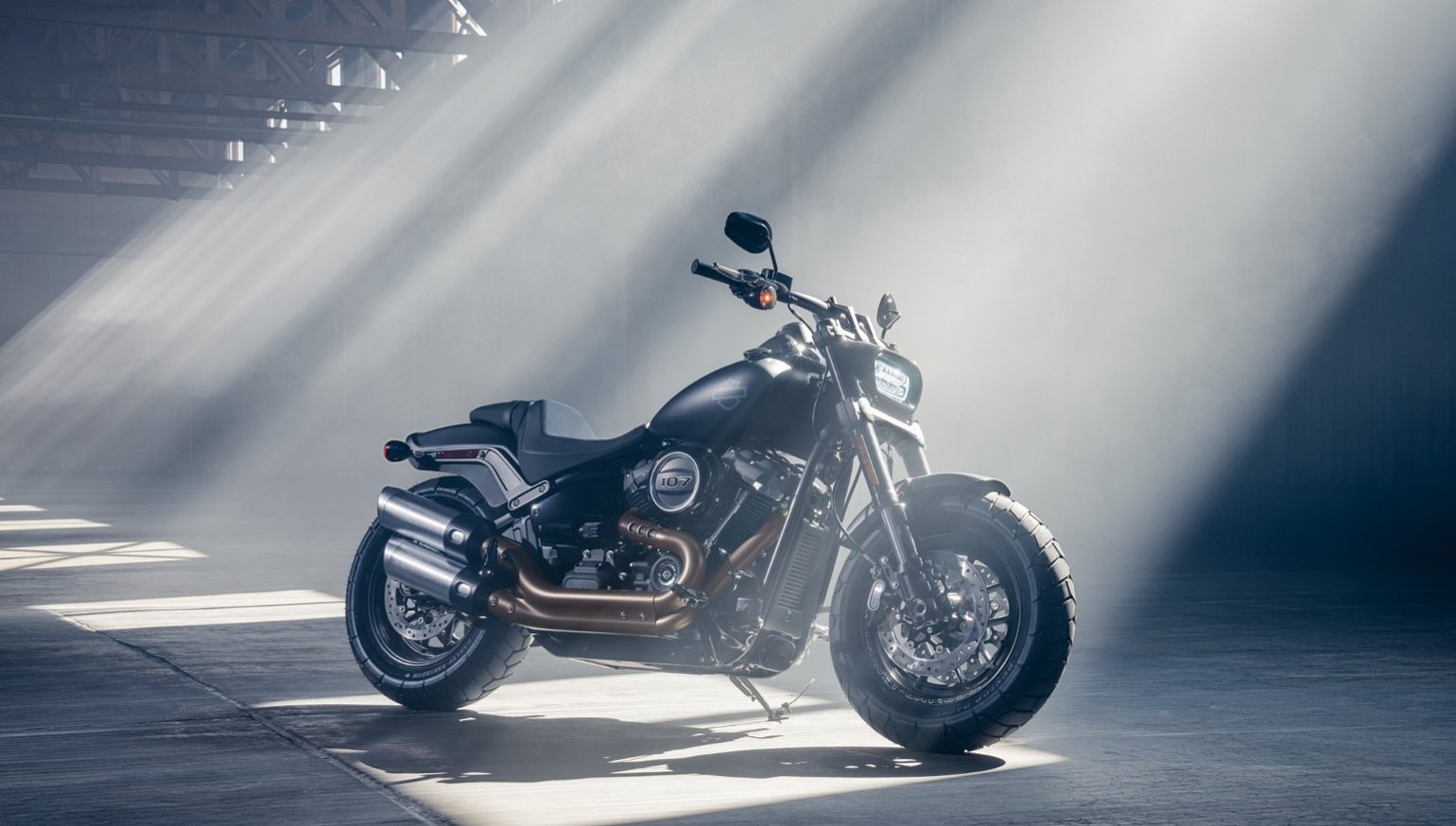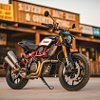Both major U.S. motorcycle manufacturers announced quarterly financial results yesterday and domestic motorcycle unit sales for both companies were down nearly 10 percent as the U.S. market remains weak.

Harley-Davidson lowers forecast
Harley-Davidson met earnings expectations, but reduced its forecast for the number of motorcycles it will ship this year, revising the range downward by 5,000 motorcycles to 212,000 from 217,000. That would make a fifth consecutive year of sales declines for Harley-Davidson.
Harley-Davidson sales were down 8.4 percent globally and 8.0 percent in the United States in the second quarter, compared to the same quarter last year. One contributor to the weak sales were delays in getting approval to sell motorcycles built at Harley's plant in Thailand in the European Union countries to avoid the retaliatory tariffs that Europe slapped on selected U.S. goods last year. But the most persistent problem for Harley-Davidson remains the weakness in sales of new motorcycles in the U.S. market.

FTR1200 helps, Slingshot still a drag
Over at Polaris, the parent company of Indian, results were more mixed. Polaris includes the three-wheeled Slingshot in its motorcycle division. Overall, motorcycle division sales were up in dollar terms, compared to last year's second quarter, due mainly to "strong initial demand" for the FTR1200 and offset by weakness in the Slingshot. In North America, Indian unit sales were down "high-single digits percent," Polaris reported, confirming the message from Harley that the U.S. market remains weak.
Polaris CEO Scott Wine has been among the more vocal critics of the back and forth retaliatory tariffs between the United States and other countries and he returned to that theme in the conference call on the company's results.
"Tariffs remain the single largest contributor to our lower earnings, but the aggressive and innovative mitigation efforts we are implementing reduced our impact," Wine said.
Indian can be a bit more optimistic about the near future than Harley for a couple of reasons. First, while both companies are diversifying their lineups beyond large cruisers and touring bikes, Indian is first to market with a new model, the FTR 1200. It is already benefiting from strong demand for its dirt-track-inspired bike, while Harley-Davidson won't have any of its new models in dealerships until next year, and the only one unveiled so far in ready-to-ride form is the LiveWire, a low-volume model that may shift perceptions but won't move the needle financially for a company the size of Harley.
Second, Indian expects the FTR 1200 to be at least as important in the European market as it is in the United States, and motorcycle sales right now are stronger in Europe.
The two companies are very different, in that Harley-Davidson is all about motorcycles while Polaris is diversified in side-by-sides, ATVs, boats, auto parts and other products. Both companies face similar challenges, however, especially in their motorcycle sales, with declining domestic demand and a complex, shifting and somewhat unpredictable situation with tariffs. Both have plans for navigating those hazards, and as the steadily declining sales numbers show, they need those plans to start gaining traction before long.











